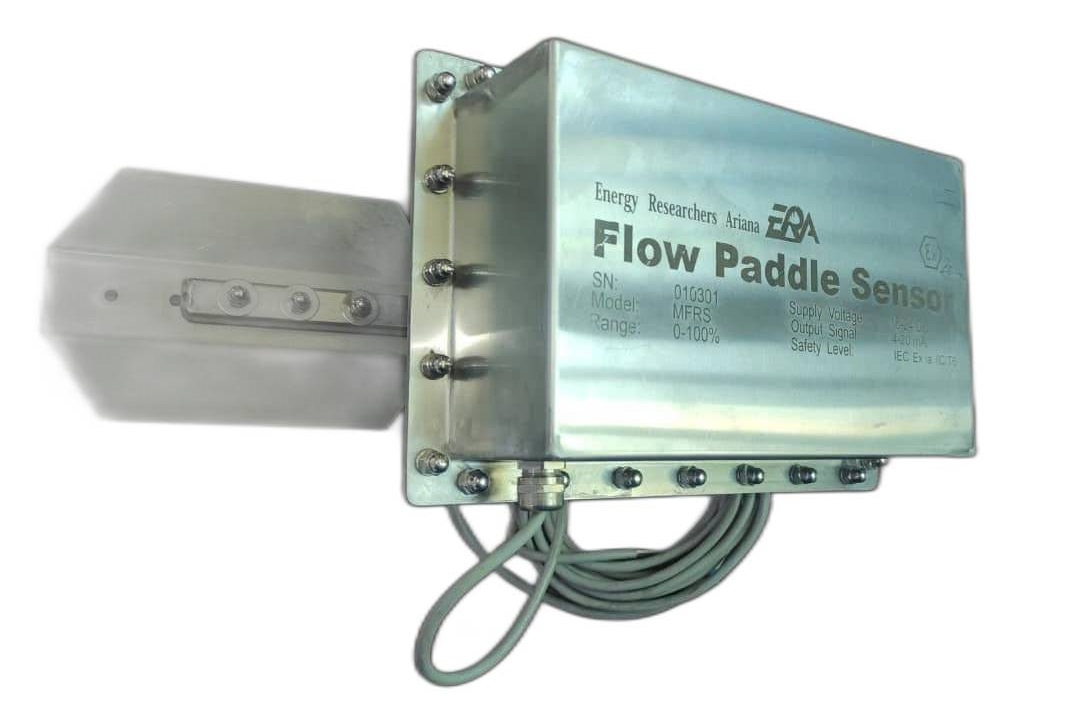Background
Safety during drilling operations becomes a more and more important factor in today’s oil and gas industry. Especially after the tragic Deepwater Horizon accident, attention towards the safety in oil and gas industry has substantially increased. In order to avoid such worst-case scenarios, drilling companies face many challenges and, in most cases, invest heavily in advanced well control and kick detection systems as well as other preventative measures. Especially due to the increased complexity and harshness of the drilling environments maintaining, a smooth and safe operation becomes more difficult. Conventional kick detection systems are often not up for the task and leave little time for the drilling crew to decide and react to well control events. A flow paddle sensor is nowadays one of the most commonly used indicators on conventional drilling rigs to detect such events.
Paddle flowmeters are the most used outflow sensors on conventional drilling rigs especially onshore. They are cheap and easily maintainable. This sensor measures flow rate coming out of the annulus using a strain-gauge analog transducer. Changes in resistance values are directly related to either an increase or a decrease in mud-flow rate. The achievable accuracy lies in the range of 5 to 10 percent. Generally, flow paddles are very rugged and can handle harsh rig conditions very well. Many newer models are also made lighter and enable it to be installed and serviced by just one person.

Applications
- Measuring inflow and outflow of the well to identify kicks and losses early on
- Providing an early warning of a kick condition (sudden increase in flow rate)
- Indicating a loss of circulation during drilling (sudden decrease in flow rate)
- Increasing safety during drilling operations
Benefits
- The relatively low price makes it attractive in a low oil price environment with tight budgets
- The installation and maintenance are simple and can be done by one person compared to other flowmeters
- Personnel is more likely familiar with these sensors and can fix issues without third party support
- Controlling the bottom hole pressure and measuring mudflow in closed loop systems
